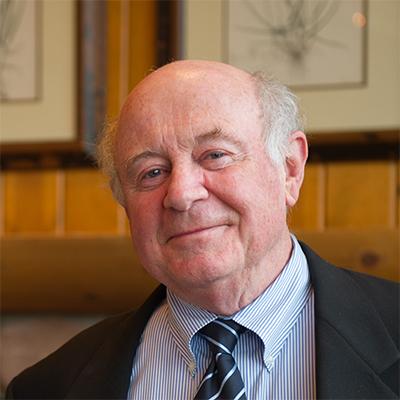Despite little bits of progress here and there, the problem of big-city high schools—how to motivate students to stay engaged and learn what they need to be eligible for college and good jobs—remains unsolved. Graduation rates for African American boys remain below 50 percent in some cities. New York City stands out as the one city most committed to innovation at the high school level (Stiefel, Schwartz, and Wiswall). Some other cities have also made a little progress with new charter schools (Zimmer et. al.). But most are sticking with the schools, teachers, curricula, and methods they have had for decades.
How can cities make headway on the problem?
Our paper published today, The Case for Coherent High Schools, takes a first step—essentially a step back—to the time when there was a strong reform consensus about the attributes high schools needed to motivate and graduate disadvantaged kids. This consensus (which emerged about the time when the brand new Bill & Melinda Gates Foundation committed to its high schools strategy) rejected the public school norm of schools that try to serve every need.
The consensus combined the results of research on urban Catholic schools, books like Ted Sizer’s Horace’s Compromise, and research by Fred Newmann and Gary Wehlage on “authentic instruction” into a vision of a coherent high school. Holders of the consensus agreed on the importance of:
- Establishing a whole-school community that shares goals for student success and core values about honesty, reciprocity, and respect (whether expressed in secular or religious terms).
- Grounding policies and decisions in these goals and values and legitimizing actions by providing evidence of how others have benefited from similar structures.
- Communicating high expectations by using the same rigorous curriculum for all students, regardless of their academic history. Students who lack foundational skills get help learning these, but they are included in the substantive courses and kept in mainstream student peer groups.
- Ensuring that the curriculum engages all students intellectually through exposure to challenging questions and work that asks students to apply their knowledge.
- Personalizing education by providing academic supports to struggling students and opportunities for all students to build personal relationships with adults.
Our paper shows how this coherent schools consensus got lost in subsequent rounds of Gates Foundation grant-making, the focus on small size rather than school coherency, the development of New American Schools Designs, and the big federal program on Comprehensive School Designs.
We also admit that the weaknesses in the consensus—it created a vision of a good school but didn’t tell anyone how to build one—reduced its influence. We try to remedy that weakness with specific ideas for how current and potential school operators and philanthropists can create and reproduce schools with these attributes.
We think high school is the next frontier for school districts, both in re-thinking their own schools and in partnership with the charter movement. Even in cities with large numbers of charter schools and a few stellar charter high schools, thousands of students have no good choices.
New technology makes personalization more promising today than ever before. But it will be a challenge to individualize instruction without losing the cultural advantages of schools where adults and students share goals and values. This will require innovation and experimentation at both the school and district levels.
Readers will be hearing a lot from CRPE and other thought leaders about the need to create new high school options everywhere and greatly increase the numbers of students who benefit from coherent, effective schools.
Join us in thinking through how the past can inform the future of the American high school.



